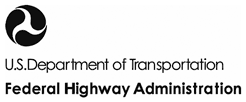Designing for Transportation Management and Operations: A Primer
Download the Printable Version [PDF,
2.2 MB]
You may need the Adobe® Reader® to view the PDFs on this page.
Contact Information: OperationsFeedback@dot.gov
FHWA-HOP-13-013
February 2013

Table of Contents